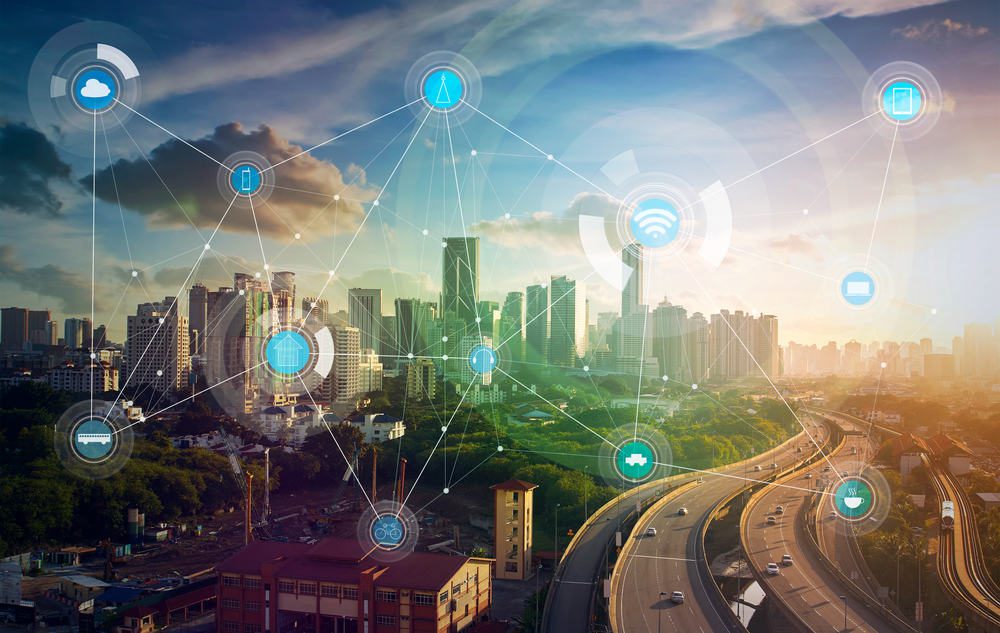As the world becomes increasingly dependent on technology for efficiency and success, a report by IDC shows an
estimated two-thirds of global cities will be investing in smart city technology by up to $135 billion by 2021.
As cities around the world are set to transform into ‘smart cities’, John Williams, Head of Marketing at Instant Offices, looks into what smart workplace trends are emerging from these innovation hubs.
The National League of Cities (NLC) has analysed how technological advances in smart cities could potentially impact
jobs and skills, showing which jobs that are set to grow between now and 2026 are most likely to be automated. The
research found that management and supervisory roles are the most secure, being less than 30% automated, while
low-paying positions involving manual labour are the ones most at risk, being more than 70% automated.
As smart cities are shaping the future of work, here are the leading workplace trends for 2019 and beyond:
BYOD (Bring Your Own Device)
Many businesses are now allowing a BYOD policy, which means employees can use their own personal tablets,
smartphones, laptops and wearable tech to complete their tasks and send work-related communications.
According to research by Techjury, 67% of employees say they now use personal devices at work, and 87% of businesses
rely on their workers’ access to mobile business apps. By allowing workers to take their favourite at-home tech and
integrate it into daily work life, they will be able to work remotely in more efficient ways.
Focus on Wellness
Workplace wellness is a growing trend. Employers are recognising the dangers of overworking, work
addiction and burnout. In the US, 70-80% of companies believe that wellness programmes reduce absenteeism and
boost productivity, according to a Global Wellness Institute Survey. This shows that more companies are looking to
make positive changes to improve the wellbeing of their employees, and tech is making this easier.
For example, wearable devices like Fitbit and Jawbone allow employees to monitor their stats, from steps taken to
calorie consumption to heart rate. This can empower them to take control of their health and practice better wellness
habits daily. Smart offices can also make use of collected data from wearable devices by analysing it to identify potential
health risks in their workplace.
Cybersecurity
As the wireless technology and BYOD trends continue to rise, the need for advanced security tech rises with them. More
data is being stored on the cloud, and if that data isn’t secured correctly, companies risk losing or leaking a lot of
sensitive information.
A recent US review by SHRM found that nearly half of organisations surveyed (46%) are now using biometric
authentication tech to protect data on smartphones. Flexible offices with excellent network security, a choice of shared
and private workspaces, and round-the-clock on-premises security offerings are helping companies to operate in a safer
and more secure environment.

